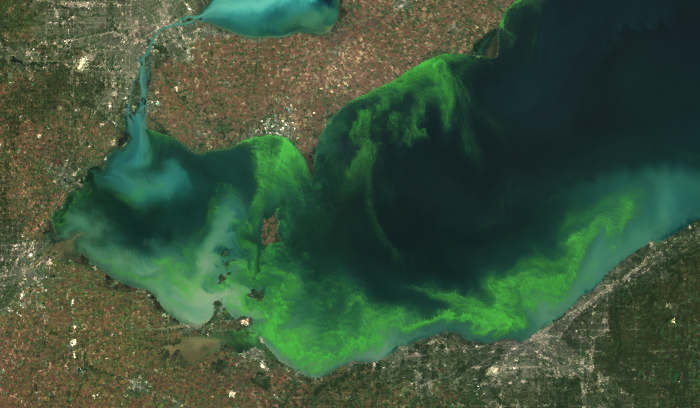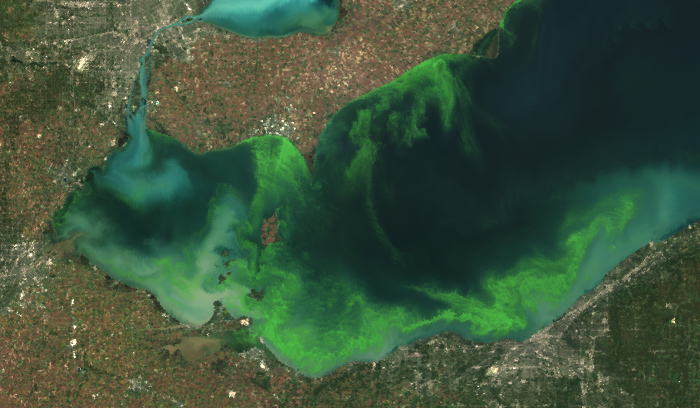Scientists to Study What Makes Some Lake Erie Algae Blooms So Toxic
Some strains of cyanobacteria–the culprits in algae blooms–may be more more toxic than others

More than 400,000 people in northern Ohio and parts of Michigan were without water for a few days in August, when a large algae bloom in Lake Erie produced high levels of toxins. The toxins were created by cyanobacteria—an algae-like bacteria. Scientists are now trying to figure out what makes some algae blooms more toxic than others.

Gregory Dick is a microbiologist and oceanographer with the University of Michigan. He leads the project. Dick says not all cyanobacteria produce toxins.
“Microcystis aeruginosa is this—sort of—culprit, but there are other cyanobacteria that live in Lake Erie and other lakes that are absolutely essential to the functioning of these ecosystems. And so we have—you know—identified what some of those are and they’ve been known for some time. But one of the interesting questions is: how do these so-called good guys compete with some of these bad guys—the toxin producers.”
-Gregory Dick
The group expects to identify at least 50 unique microbes this year. The findings will be presented this week at Bowling Green State University of Ohio.


